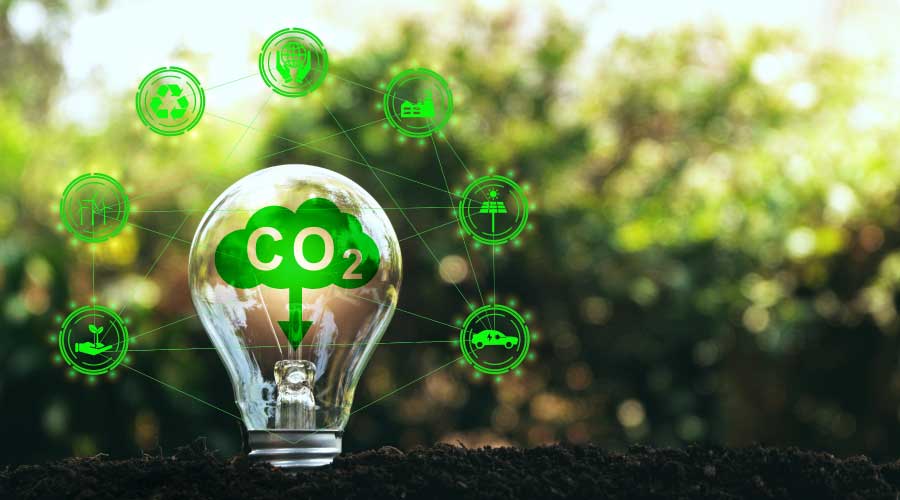Some Common Applications For LED Lighting Technology
It would be useful to know which application types are best suited to the current availability of effective LED products and what are common applications of LED technology. This depends primarily on the specific application needs and site characteristics, including energy costs. However, there are some LED categories where the industry has been able to provide products that make these applications easier than others.
Downlights. This was one of the first categories developed by the industry, and many capable products exist to replace the typical incandescent or fluorescent downlights in the form of a replacement lamp or an integrated LED downlight fixture. Their efficacy and color can be good, but be careful with heat buildup issues for replacement lamps. Make sure the product is rated for use in downlight or enclosed fixtures.
Outdoor street and area lights. A lot of retrofitting has been done in streets, roadways, and parking areas that are lighted mostly at night. These applications are well suited to LED technology primarily because LED directionality can be exploited to provide light where it is needed, while limiting light trespass and wasted energy, and because of the general absence of surrounding heat that can degrade LED performance.
Ceiling troffers. Many LED linear tube products exist as replacements for the current fluorescent linear lamp market. These have improved in the past few years in terms of both efficacy and cost. Some issues still remain with the variety of electrical configurations and the potential impact on the original lighting fixture design. Newer to the market are dedicated LED troffer fixtures that provide the benefits of LED technology without direct tube replacements. These have also improved rapidly and are now becoming a viable competitor of the standard fluorescent troffer system. As with all LED products, the important characteristics such as light output, distribution, and color should be carefully considered to make sure the products meet your needs.
— Eric Richman
LED Information Resources
>>> General LED information (fact sheets, demonstration reports, product testing, etc.)
• DOE Solid State Lighting: www.ssl.energy.gov
>>> Illuminance level, energy code information, and specification recommendations
• Illuminating Engineering Society:
www.iesna.org/
• Building Energy Codes Program:
www.energycodes.gov/
• Building Codes Assistance Project:
bcap-energy.org/
• Better Building Alliance lighting specifications: www1.eere.energy.gov/buildings/ alliances/technologies.html
>>> Illuminance measurement guidance
>>> Product ratings and voluntary standards sources
• DesignLights Consortium:
www.designlights.org
• Energy Star: www1.eere.energy.gov/buildings/ssl/advocates.html
• LED Lighting Facts: www.lightfacts.com
>>> Control savings estimates
• Lighting Controls Association:
lightingcontrolsassociation.org/estimating-energy-savings-with-lighting-controls/
Related Topics:















